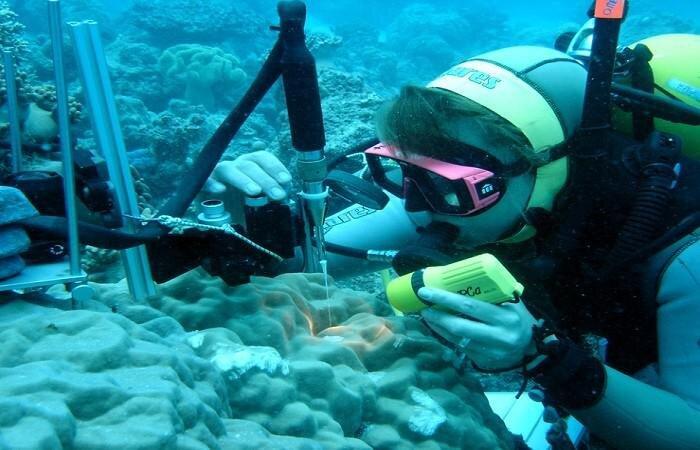Harnessing the Ocean for Healthcare and More
The ocean covers over 70% of the Earth's surface and is home to an incredible diversity of lifeforms. Marine organisms have evolved unique biochemical properties and molecular structures allowing them to thrive in diverse and often extreme ocean habitats. Researchers are now leveraging advances in biotechnology to uncover the immense potential of marine resources for applications across many industries. This article explores some key opportunities that marine biotechnology offers for new business ventures.
Drug Discovery from Marine Organisms
The ocean is a vast untapped source of novel chemical compounds with potential pharmaceutical applications. Marine organisms such as sponges, algae, bacteria, and fungi have evolved chemically complex substances for defense, communication, and other functions. Many of these bioactive molecules show promise for developing new drugs to treat cancers, viral and bacterial infections, inflammation, metabolic disorders, and more. Countries like Australia, New Zealand, and India are making major investments in marine bioprospecting programs that aim to discover commercially viable drugs, nutraceuticals, cosmeceuticals and industrial enzymes from the ocean. Several marine-derived drugs are already in clinical trials or on the market. With advanced screening and extraction techniques, more lucrative opportunities are emerging in this field.
Blue Biotechnology for Tissue Engineering
Marine biomolecules are finding increasing use in regenerative medicine and tissue engineering applications. Proteins and polysaccharides from marine invertebrates like corals, sponges, and mollusks exhibit superior biocompatibility and ability to mimic natural extracellular matrices. They serve as ideal templates for developing scaffolds, hydrogels and coatings to promote wound healing, bone regeneration, and nerve repair. Marine collagen and chitosan are being commercialized for wound dressings, surgical implants, and 3D bioprinting technologies. Research is also looking at stem cells from seaweed, sea cucumbers and other organisms for engineering cartilage, bone and vascular grafts. As the global market for tissue replacements surpasses $25 billion, marine biotech shows promise to provide innovative solutions.
Aquaculture and Fisheries Management
Sustainable aquaculture depends on developing robust species, disease control and traceability tools using biotechnology. Transgenesis techniques allow modifying traits like growth rate, fertility, stress tolerance, nutrient uptake and pest/pathogen resistance in farmed fish and shellfish. Precision breeding leveraging gene editing is a cheaper alternative being applied for similar goals. Microalgae bioreactors producing high-value compounds can augment feeds. Technologies monitoring tank/pond conditions, fish health and traceability aid management. DNA barcoding classifies commercial fish species, curbing mislabeling. With depleting wild stocks, biotech innovations will be crucial for the expanding $250 billion global aquaculture industry to meet growing seafood demand sustainably.
Biofuel and Industrial Enzymes
Microalgae farms producing biofuels from atmospheric CO2 offer a low-carbon alternative to land-based bioenergy crops. Algal biofuels research is optimizing strains, harvesting, and lipid extraction technologies to make production economically viable on a commercial scale. Marine microbes also provide novel enzymes for industrial processes like degrading cellulosic biomass for biofuel production, removing pollutants from waste streams, manufacturing detergents and food additives, and catalysing chemical syntheses. Extremophilic enzymes thriving under high heat, salt, pressure show resilience for processing applications. Several algal biofuel and industrial enzyme companies have demonstrated pilot-scale successes, attracting investors aiming to tap this multi-billion dollar market.
Market Outlook
North America dominates currently with over 30% share led by United States, followed by Europe and Asia-Pacific. However, Asian countries are increasingly contributing to marine research funding and industrial capacity as economic potential is realized. The pharmaceutical sector claims nearly half the market currently but shares are projected to diversify with growth in regenerative medicine, industrial and environmental applications making headway. Overall, with sustained efforts, marine biotechnology is well positioned to bloom into a mainstream bioeconomy pillar driving innovation and jobs in the coming decade.
Marine Biotechnology: Scope and Opportunities for New Business Avenues

